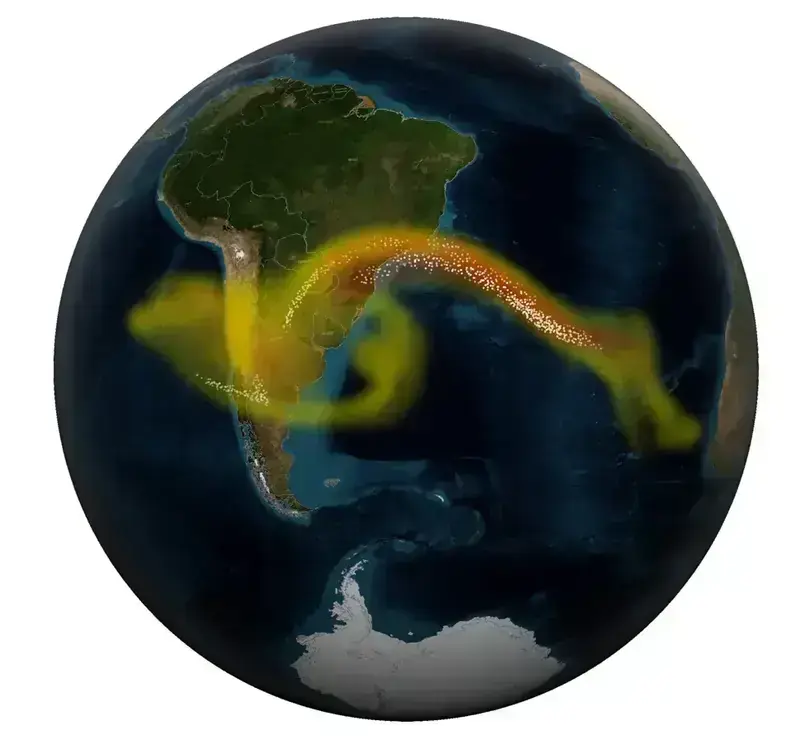Scientists have learned to determine whether preparations are being made. volcano Before the eruption, the greenery of the surrounding trees. The brighter leaves indicate a potentially imminent lava flow.
Until now, these barely noticeable color changes could only be observed from Lands , but recently volcanologists have started to monitor them from space. This was facilitated by a recent collaboration between scientists from the National Aeronautics and Space Administration (NASA). NASA NASA and the Smithsonian Institution.
The new discovery could “change the game” when it comes to detecting the first signs of a volcanic eruption, according to a statement released by NASA. This finding will help protect people from the devastating consequences of volcanic eruptions, including lava flows, falling rocks, landslides, as well as clouds of ash and toxic gas.
The goal of scientists is to improve early warning systems for volcanic eruptions, emphasized Florian Schwandner, a volcanologist and head of the Earth Sciences Division at NASA’s Ames Research Center in California.

Satellites to the rescue
Signs of an imminent eruption visible from space include seismic activity, changes in the Earth’s surface height, and sulfur dioxide emissions. Scientists also monitor carbon dioxide (CO2) emissions associated with magma activity. However, satellites find it more challenging to detect CO2 than sulfur dioxide due to its widespread presence. CO2 in the Earth’s atmosphere.
“The release of a small amount of carbon dioxide, which may signal an eruption, will not be visible in satellite images,” noted graduate student volcanologist Robert Bough.
However, researchers are extremely interested in detecting CO2 emissions, as they are one of the earliest signs of an impending eruption. Therefore, scientists have developed a method for monitoring carbon dioxide using trees around volcanoes, the publication reported. Live Science The thing is, the CO2 clouds that come from volcanoes about to erupt improve the health of nearby trees and plants, making their leaves greener and lusher.
Previously, scientists who wanted to measure CO2 levels had to travel to volcanoes. But now it is not necessary to visit these usually remote and potentially dangerous places. Researchers can use satellites that will capture the brightness of tree foliage – an indicator of volcanic gas concentration.
A recent study published in the journal Remote Sensing of Environment found a strong correlation between carbon dioxide levels and the intensity of tree color around Mount Etna in Italy. Using images taken by Earth observation satellites from 2011 to 2018, the authors of the study observed 16 distinct spikes in CO2 levels and particularly vibrant greenery that coincided with magma migrations of the volcano.
To expand the potential of the new method, researchers recently decided to conduct the Airborne Validation Unified Experiment: Land to Ocean (AVUELO), during which satellite images of trees around volcanoes will be compared with ground observations. This will provide greater data accuracy and help scientists better calibrate space instruments.
Unfortunately, measuring the intensity of greenery with space is not a universal method that involves eruptions. Not all volcanoes have neighboring trees, or there may not be enough of them for observation from satellites Some trees that have been affected by fires, diseases, or abnormal weather conditions may unexpectedly react to changes in carbon dioxide levels.
